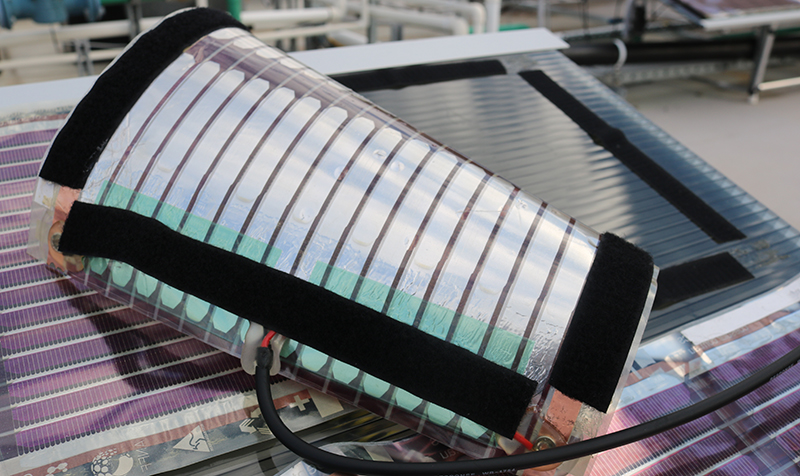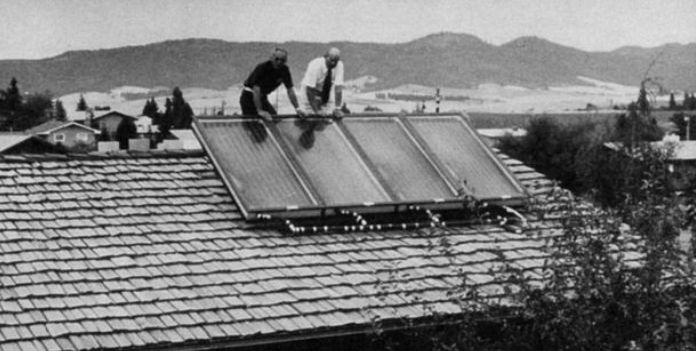Did Nasa Invent Solar Panels

These solar panels are used.
Did nasa invent solar panels. Return to nasa s picture dictionary. Government pioneered much of the early pv technology. Single crystal silicon solar cells are now widely available at low cost. The use of solar panels in the space program through the 1960s increased production and slowly the price reduced to around 100 per watt.
These efficiency upgrades helped push solar panels into the space program. Researchers at nasa didn t invent solar cells but the organization did help keep the technology alive during the years when it was still largely uneconomical. Solar power has long been of interest at nasa starting with vanguard 1 the first artificial satellite powered by solar cells to start circling the globe. More power less pollution innovations developed with technology from nasa s apollo lunar module program has created a renewable energy resource used on earth and in space.
It was operated by three separate three astronaut crews. Skylab was the first united states space station launched by nasa occupied for about 24 weeks between may 1973 and february 1974. Solar panels and solar technology has come a long way so these patented inventions are proof that the technology is still improving its efficiency and aesthetics. Solar power is so critical that nasa spends considerable time and money to make solar panels must more efficient lightweight and affordable.
Unable to be re boosted by the space shuttle which was. Solar panels on rooftops collect energy from the sun that can be used for heat and power. Government s first push for solar. The technology behind these solar devices which provide up to 50 more power than conventional solar cells originated with the efforts of a nasa sponsored 28 member coalition forming the environmental research aircraft and sensor technology erast alliance.
The hubble space telescope uses solar panels for energy. Soon after they beat their own record with 14 percent efficiency in 1960. Solar panels collect electricity by absorbing light when it strikes the surface and transfers it to a semiconductor.














































